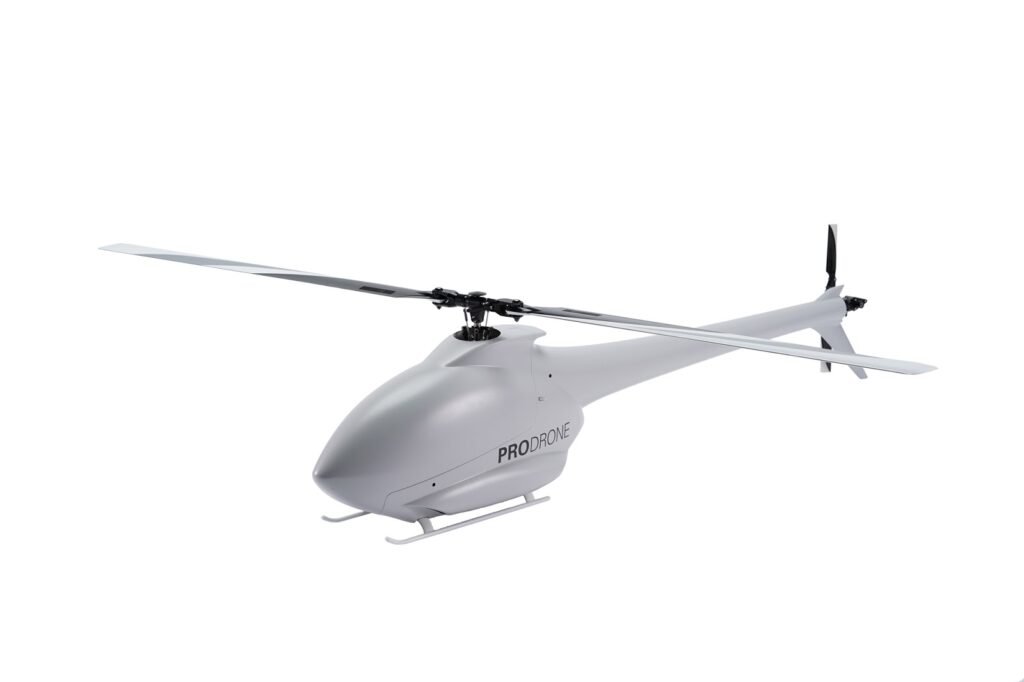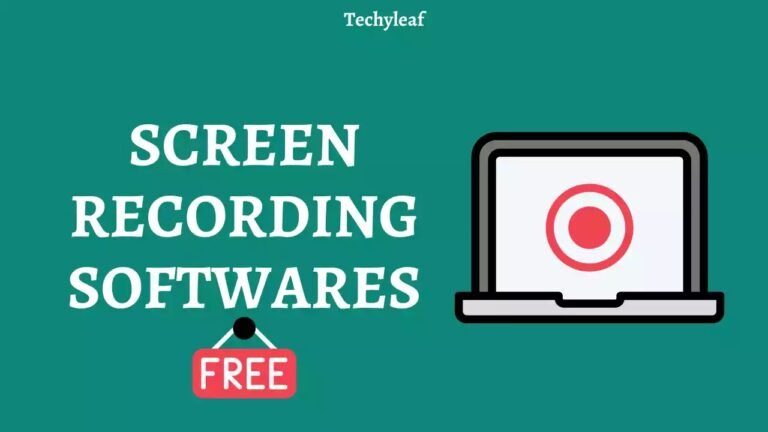Types of drones and how drones work, a complete case study on drones.

Drones are becoming increasingly popular. Choosing the right type of drone can be challenging. In this blog, we will discuss drones in detail.
Topics Covered in This Blog:
- What is drone technology?
- Different types of drones and their classification.
- Advantages and disadvantages of drones.
- Uses of different types of drones.
- How do drones work?
- Technologies used in drones.
What is Drone Technology?
A drone, also known as an unmanned aerial vehicle (UAV), is an aircraft that can fly autonomously or be controlled remotely. It is programmed to perform specific operations in the air via a computer.
Initially, drones were developed for government and military use. However, technological advancements have made them suitable for various commercial purposes, including:
- Finding missing persons
- Wildlife conservation
- Weather forecasting
- Traffic monitoring
- Firefighting
- Agriculture
- Creating 3D models
- Photography and videography
- Academic projects
Types of Drones and Their Pros & Cons
1. Fixed-Wing Drones

A fixed-wing drone has a single fixed wing and operates similarly to an airplane. Unlike other drones, it cannot hover but glides along a predefined path as long as its power lasts.
Advantages:
- Long flight time (up to 16+ hours for gas-powered models).
- High-altitude capabilities.
- Greater payload capacity.
- Efficient in the air.
Disadvantages:
- Expensive.
- Requires specialized training to operate.
- Needs a launcher for takeoff.
- Cannot hover or move vertically.
Uses: Fixed-wing drones are ideal for commercial applications like aerial mapping, agriculture, construction, security, and surveillance.
2. Single Rotor Drones

Single-rotor drones resemble helicopters, with one large rotor and a smaller one for stability.
Advantages:
- Capable of hovering vertically.
- Strong and durable.
- Long-lasting flight time, especially gas-powered models.
- High payload capacity.
Disadvantages:
- More complex and expensive than other types.
- Difficult to operate.
- Can be dangerous due to their heavy spinning blades.
Uses: Common in research, surveying, and aerial LIDAR scanning.
3. Multi-Rotor Drones

These are the most popular drones for photography, filmmaking, and surveillance. Multi-rotor drones are lightweight, easy to manufacture, and affordable.
Advantages:
- Easy to control.
- Vertical takeoff and landing capabilities.
- Stable and hover-friendly.
Disadvantages:
- Limited flight time (30-60 minutes).
- Small payload capacity.
- Energy-intensive operation.
Uses: Perfect for aerial photography, video surveillance, agriculture, construction, and security.
Classification of Drones
By Size:
- Nano: Up to 50 cm; similar to an insect.
- Small: Less than 2 meters; common consumer drones.
- Medium: Requires two-person handling; smaller than light aircraft.
- Large: Comparable to small aircraft; used for military or surveillance purposes.
By Range:
- Close-Range: Up to 3 miles; 20-30 minutes of flight time.
- Short-Range: Up to 30 miles; 1-6 hours of flight time.
- Mid-Range: Up to 90 miles; 12 hours of flight time.
- Endurance: Up to 400 miles; 3 days of continuous flight.
How Drones Work
A drone is crafted with lightweight composite materials to ensure stability and reduce weight. It consists of:
- Sensors: Infrared cameras, GPS, and lasers.
- Ground Control System (GCS): The base station for operation.
Drones rely on gyroscopes for stabilization, GPS for navigation, and powerful motors for propulsion. Many drones also include obstacle detection and collision avoidance systems for safe flight.
Drone Technologies
- VTOL (Vertical Take-off and Landing): Enables drones to hover, take off, and land vertically.
- Radar Positioning: Ensures accurate navigation and return-to-home functionality.
- Obstacle Avoidance: Uses sensors and software for 3D mapping to prevent collisions.
- Gyroscope Stabilization: Provides smooth flight and stability.
- FPV Over 4G Networks: Transmits live video over 4G/LTE for unlimited range.
The Future of Drones
Drones are set to revolutionize transportation, logistics, and many other industries. However, they also raise privacy concerns. As drones become an integral part of daily life, it is essential to balance their benefits with potential risks.
If you have any questions, feel free to comment and share this blog with your friends who are interested in drones!
Let me know if you’d like further improvements or have specific requirements for formatting!





